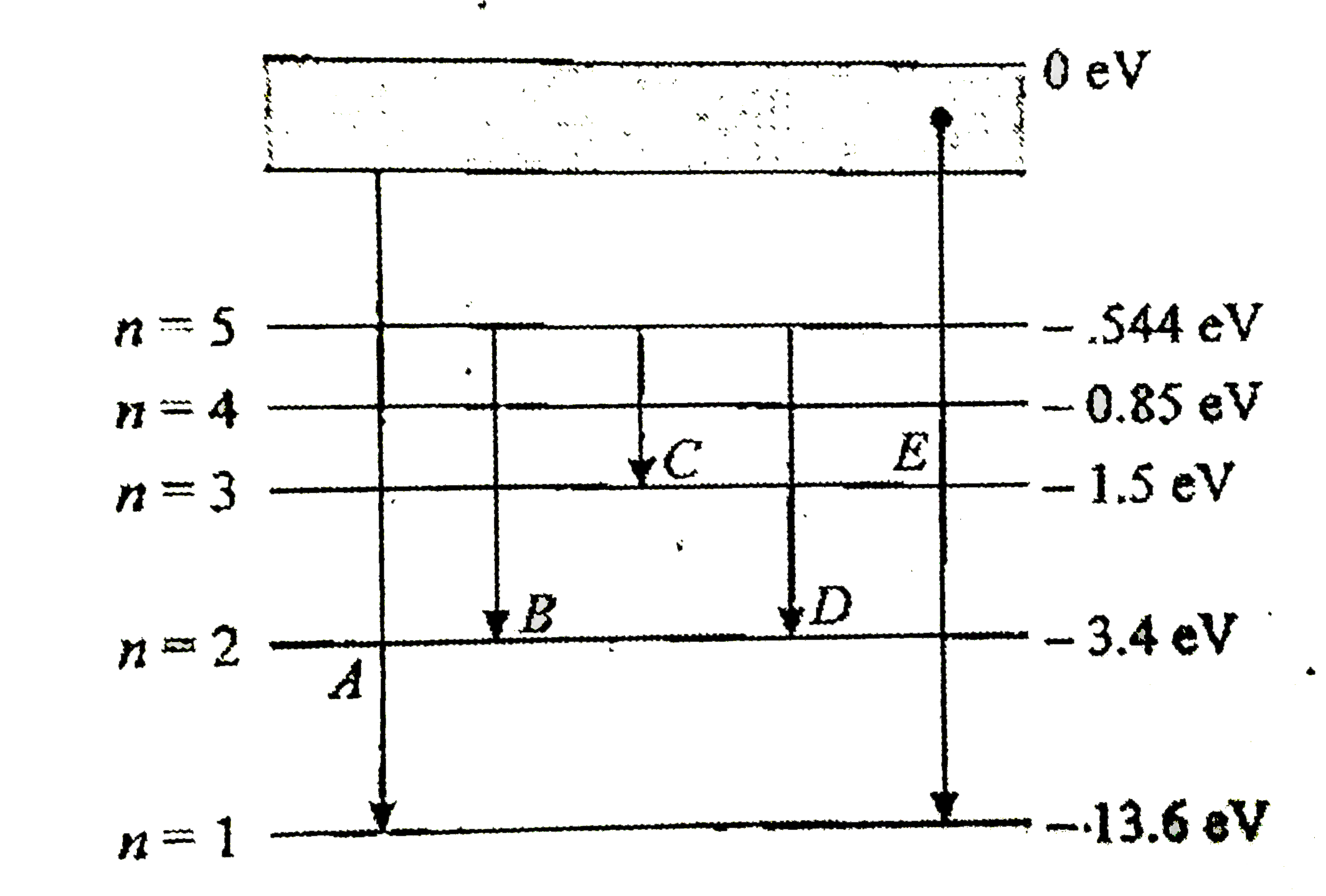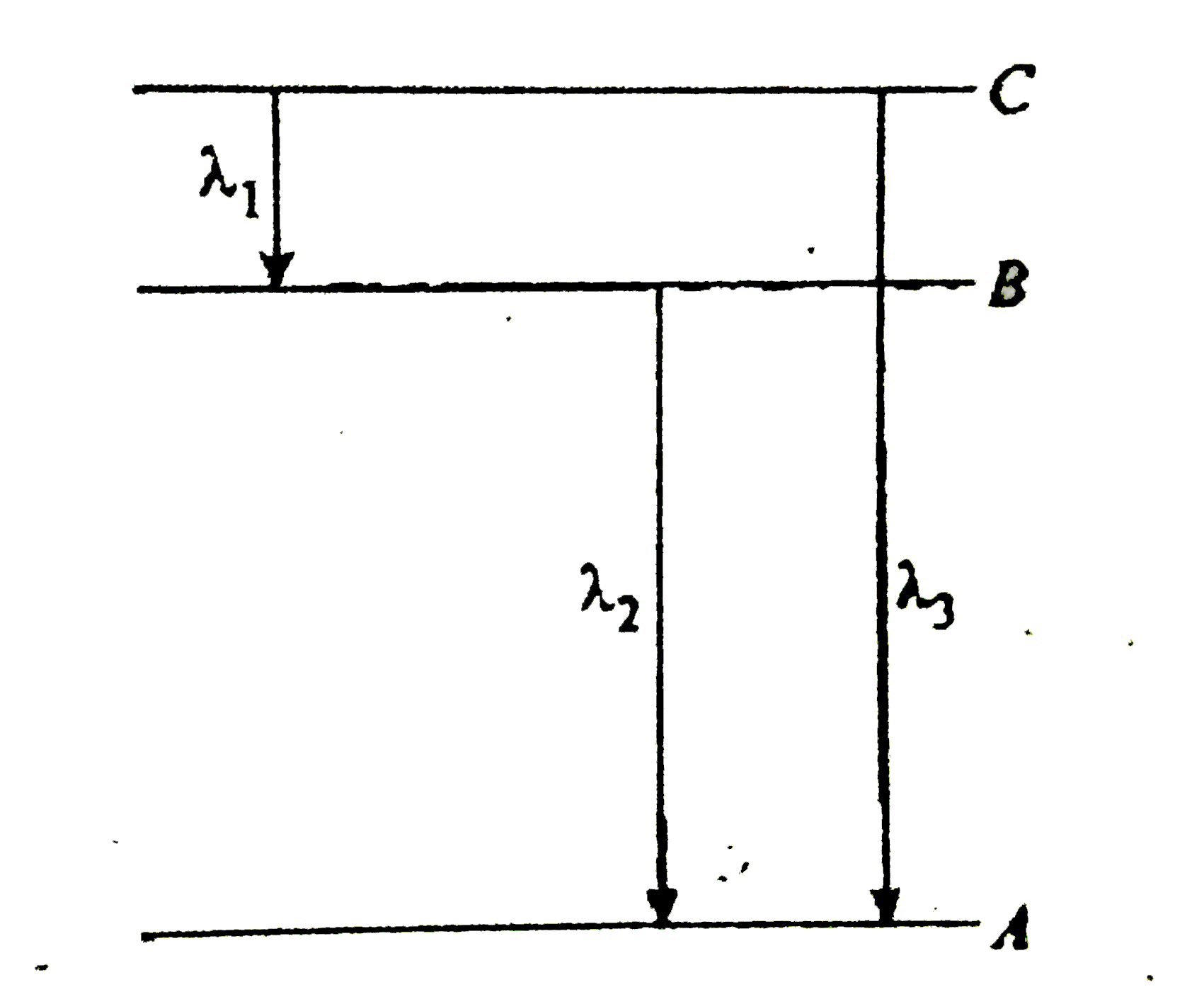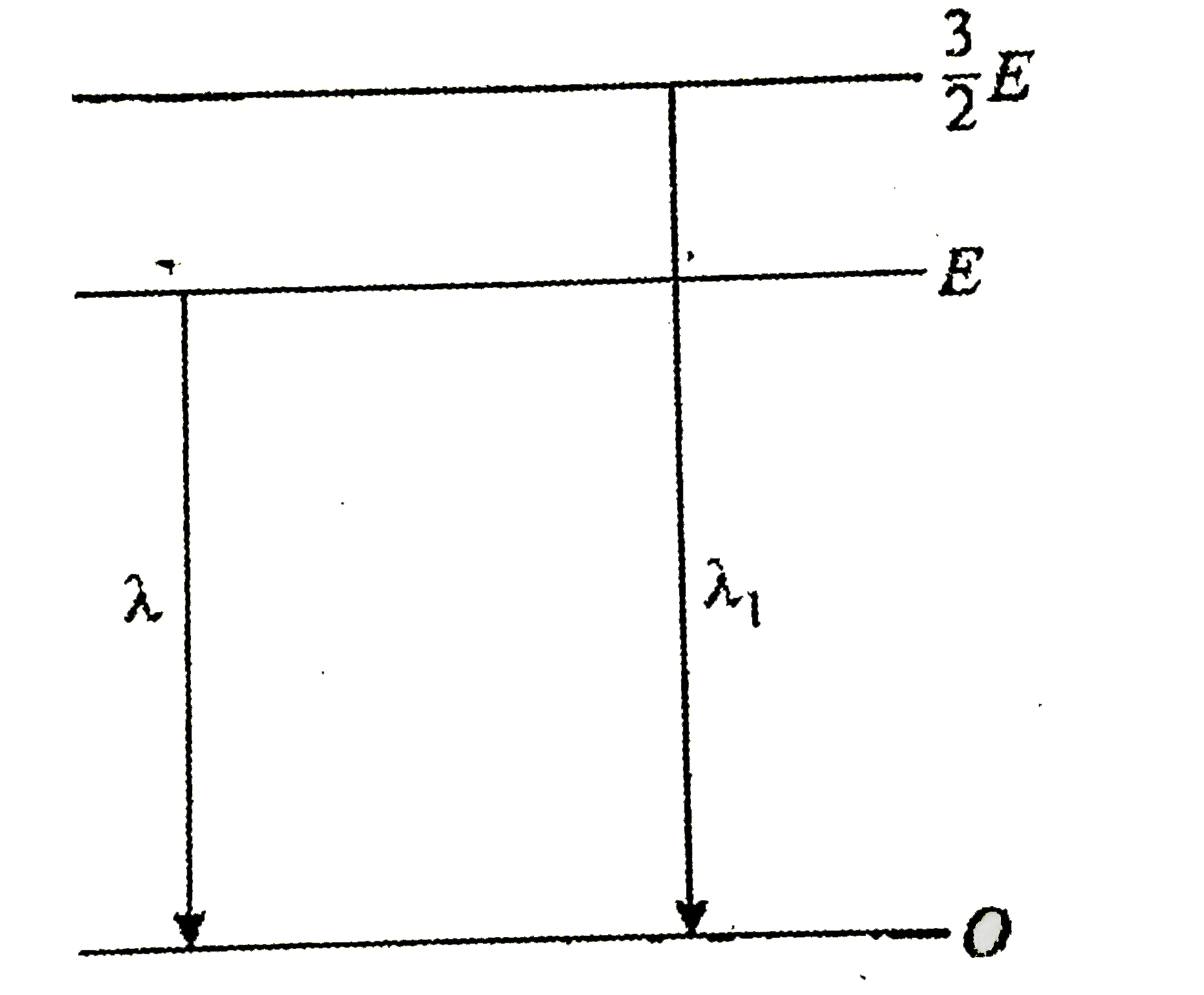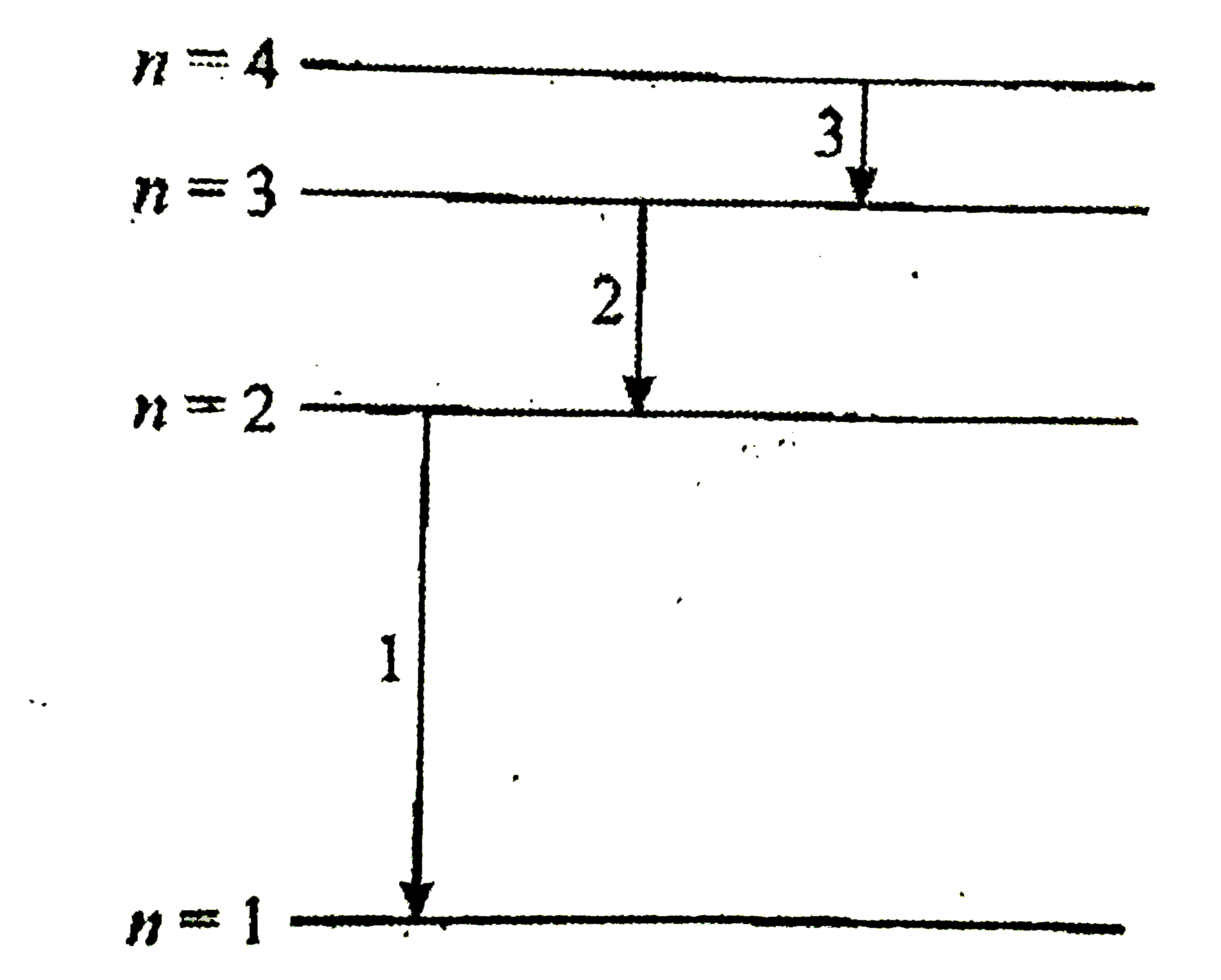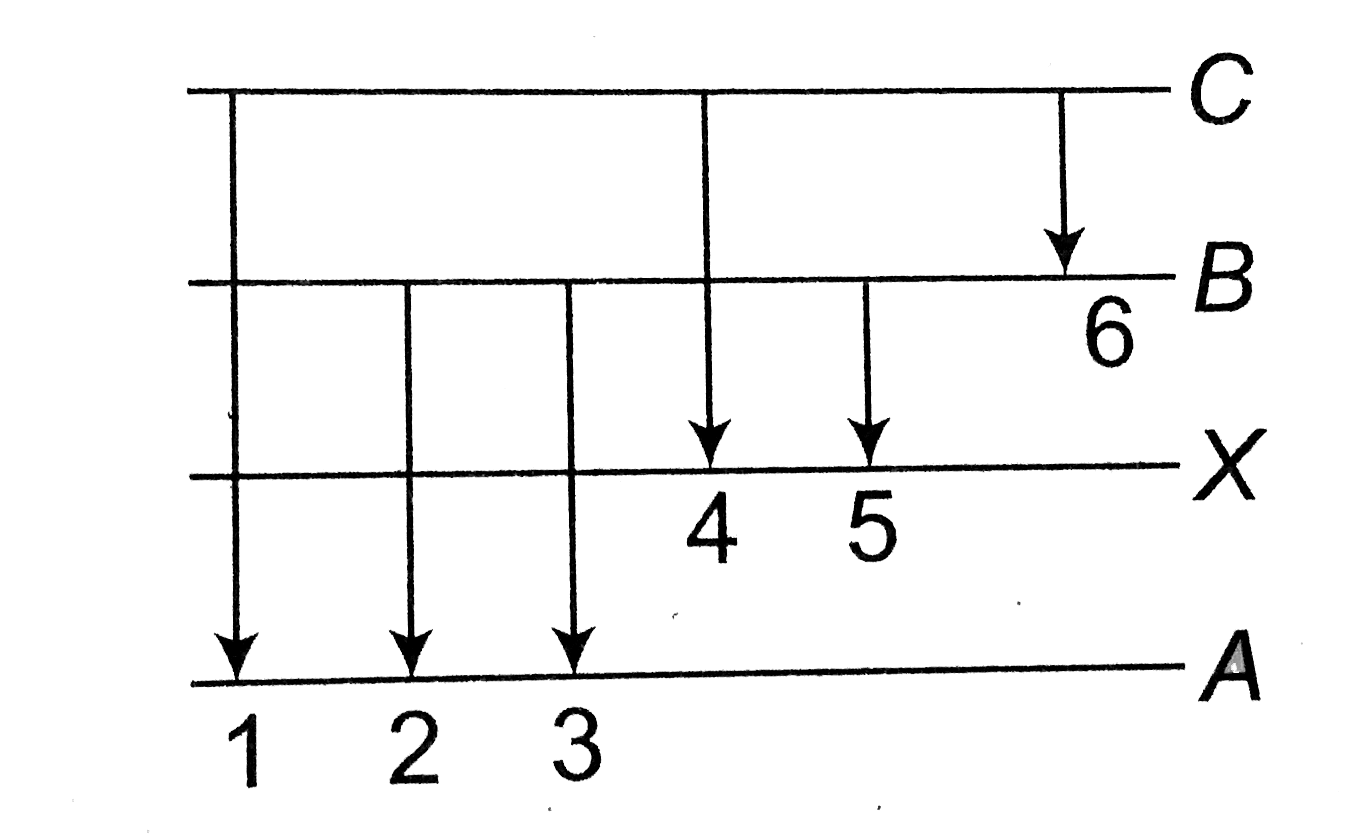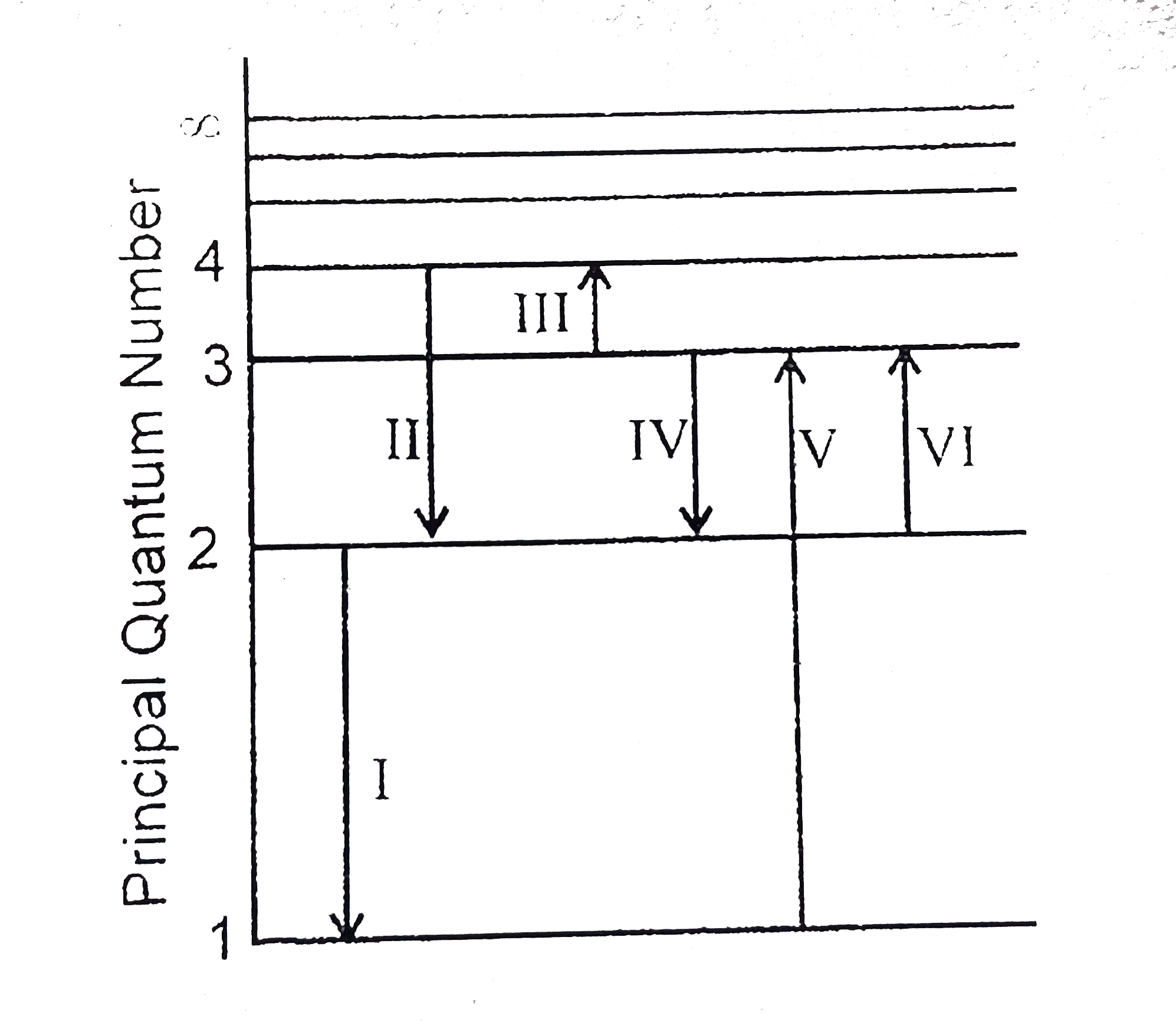Conceptual MCQs Single Option Correct from GK PUBLICATIONS PHYSICS (HINGLISH) ATOMIC PHYSICS for Class 12
| Class 12 | PHYSICS |
| Chapter | ATOMIC PHYSICS |
| GK PUBLICATIONS PHYSICS (HINGLISH) | Conceptual MCQs Single Option Correct |
| Medium | English |
| Academic Year | 2023-2024 |
Question 6
When an electron goes fron the valence band to the conduction band in silicon,its energy is increased by 1.1eV.the average energy exchange in a thermal collision is of the order of kT which is only 0.026eV at room tempareture.How is a thermal collision able to take some of the electrons from the valence band to the conduction band ?View SolutionQuestion 27
In the Bohr model of a hydrogen atom, the centripetal force is furnished by the coulomb attraction between the proton and the electron. If a0 is the radius of the ground state orbit, m is the mass and e is the chargeon the electron and varepsilon_(0) is the vacuum permittivity,the speed of the electron is View SolutionQuestion 40
An electron in hydrogen atom after absorbing-an energy photon jumps from energy state n1 to n2. Then it returns to ground state after emitting six different wavelengths in emission spectrum.'The energy of emitted photons is either equal to, less than or grater than the absorbed photons: Then n1 and n2 are:View SolutionQuestion 63
A neutron beam, in which each neutron has same kinetic energy, is passed through a sample of hydrogen like gas (but not hydrogen) in ground state and at rest. Due to collision of neutrons with the ions of the gas, ions are excited and then they emit photons. Six spectral lines are obtained in which one of the lines is of wavelength (6200/51) nm.Which gas is this? View SolutionQuestion 67
Two hydrogen atoms are in excited state with electrons inn=2 state.First one is moving to wards left and emits a photon.' of energy E1 towards right. Second one is moving towards right with same speed and emits a photon of energy E2 towards right. Taking recoil of nucleus.into account during_emission process :View SolutionQuestion 81
An gas of H-atom in excited state n2 absorbs a photon of some energy and jump in hiegher energy state n1. Then it returns to ground state afer emitted six different wavelengths in emission spectrum. The energy of emitted photon is equal, less or greater than the energy of absorbed photon then n1 and n2 will beView SolutionQuestion 82
Imagine an atom made of a proton and a hypothetical particle of double the mass of the electron but having the same change as the electron. Apply the Bohr atom model and consider all possible transitions of this hypothetical particle of the first excited level. the longest wavelength photon that will be emitted has wavelength [given in terms of the Rydberg constant R for the hydrogen atom] equal to View SolutionQuestion 87
A monochromatic radiation of wavelength λ is incident on a sample containig He+. As a result the Helium sample stars radiating. A part of this radiation is allowed to pass through a sample of atomic hydrogen gas in ground state. It is noticed that the hydrogen sample has stared emitting electrons whose maximum kinetic energy is 37.4eV.
(hc=12400eVÅ). Then λ isView SolutionQuestion 98
The electron in a hydrogen atom makes a transition n1→n2, where n1 and n2 are the principle quantum numbers of the two states. Assume the Bohr model to be valid. The time period of the electron in the initial state is eight times that in the final state. the possible values of n1 and n2 are View SolutionQuestion 105
A beam of ultraviolet light of all wavelength passes through hydrogen gas at room temperature, in the x-direction. Assume that all photons emitted due to electron transitions inside the gas emerge in the y-direction. Let A and B denote the lights emerging from the gas in the x-and y-directions respectively.
(i) Some of the incident wavelengths will be absent in A
(ii) Only those wavelengths will be present in B which are absent in A
(iii) B will contain some visible light
(iv) B will contain some infrared light View SolutionQuestion 128
A beam of ultraviolet radius hacking wavelength between 100nmand200nm is inclined on a sample of atomic hydrogen gas. Assuming that the atoms are in ground state which wavelength will have low intensity in the transmitted been? If the energy of a photon is equal to the ground state it hasl arge probability of being observed by on atom in the ground stateView SolutionQuestion 130
Demonstrate that the frequency ω of a photon emerging when an electron jumps between neighbouring circular orbits of a hydeogen-like ion satisfies the inequality ωn>ω>ωn+1, where ωn and ωn+1 are the frequencies of revolution of that electron around the nucleus along the circular orbits. Make sure that as n→∞ the frequency of the proton ω→ωnView SolutionQuestion 136
A double ionised lithium atom is hydrogen like with atomic number 3
(i)Find the wavelength of the radiation to excite the electron in Li++from the first to the third bohr orbit (lonisation energy of the hydrogen atom equals 13.6eV
(ii) How many spectral lines are observed in the emission spectrum of the above excited system ? View SolutionQuestion 137
A parallel beam, of light of wavelength 100 nm passed through a sample of atomic hydrogen gas in ground state.
(a) Assume that when a phton supplies some of its energy to a hydrogen atom, the rest of the energy appears an another photon moving in the same direction as the incident photon. Neglecting the light emitted by the excited hydrogen atoms in the direction of the incident beam, what wavelengths may be observed in the transmitted beam?
(b) A radition detector is placed near the gas to detect radiation coming perpendicular to the incident beam. Find the wavelength of radiation that may be detected by the detector. View SolutionQuestion 138
A hydrogen like atom with atomic number Z is in an excited state of quantum number 2n. It can emit a maximum energy photon of 204 eV. If it makes a transition ot quantum state n, a photon of energy 40.8 eV is emitted. Find n, Z and the ground state energy (in eV) of this atom. Also calculate the minimum energy (in eV) that can be emitted by this atom during de-excitation. Ground state energy of hydrogen atom is – 13. 6 eV.View SolutionQuestion 139
A stationary helium ion emits a photon corresponding to the first line of Lyman series. That photon liberates a photoelectron form a stationary hydrogen atom in ground state. Find the velocity of photoelectron. Take mass of electron =9.11×10−31kg and ionisation energy of hydrogen atom=13.6ev.View SolutionQuestion 140
The evrage kinetic energy of molecules in a gas at temperature T is 1.5KTfind the temperature at which the average kinetic energy of the molecules of hydrogen equals the binding energy of its atoms will hydrogen remain in molecles form at this temperature ? Take h=8.62×10−6eVK−1View SolutionQuestion 141
A well collimated parallel pencil of cathode rays falls through a potential difference 3kV & enters the spacing between two parallel metallic plates, parallel to their length the spacing between the plates being 0.5cm. The pencil strikes a fluorescent screen, mounted perpendicular to the length of the plates at the farther end of the plates & produces fluorescent spot. if now a potential difference of 3V is applied across the two plates, calculate the linear deflection of the spot on the screen. Given the length of the plates is 10 cm. View SolutionQuestion 143
A hypothetcal, hydrogen like atom consists of a nucleus of mass m1 and charge (+Ze) and a nu-meson of mass m2 and charge (-e). Using Bohr's theory, derive an expression for distance between nucleus and mu-meson for principal quantum number n and derive a relation for energy also. Hence obtain expression for reduced mass. View SolutionQuestion 147
A single electron orbits a stationary nucleus of charge +Ze, where Z is a constant and e is the magnitude of electronic charge . It requires 47.2eV to excite . Find
a the value of Z
b the energy required to excite the electron from the third to the fourth Bohr orbit.
the wavelength of electromagnetic rediation required to remove the electron from the first Bohr orbit to infinity.
d Find the KE,PE, and angular momentum of electron in the first Bohr orbit.
the redius of the first Bohr orbit
[The ionization energy of hydrogen atom =13.6eV Bohr radius =5.3×10_11m, "velocity of light" =3×10−8jms−1, Planck's constant =6.6×10−34j−s]View SolutionQuestion 149
Consider a hydrogen-like atom whose energy in nth excited state is given by
En=13.6Z2n2
When this excited makes a transition from excited state to ground state , most energetic photons have energy
Emax=52.224eV. and least energetic photons have energy
Emax=1.224eV
Find the atomic number of atom and the intial state or excitation.View SolutionQuestion 151
A double ionised lithium atom is hydrogen like with atomic number 3
(i)Find the wavelength of the radiation to excite the electron in Li++from the first to the third bohr orbit (lonisation energy of the hydrogen atom equals 13.6eV
(ii) How many spectral lines are observed in the emission spectrum of the above excited system ? View SolutionQuestion 152
Electron are emitted from an electron gun at almost zero velocity and are accelerated by an electric field E through a distance of 1.0m The electron are now scattered by an atomic hydrogen sample in ground state what should be the minimum value of E so that red light of wavelength 656.5nm may be emitted by the hydrogen?View SolutionQuestion 153
A hydrogen like gas emits radiation of wavelengths 460Å,828Å and 1035Å, only. Assume thar the atoms have only two excited states and the difference between consecutive energy levels decreases as energy is increased. Taking the energy of the highest energy state to be zero. Find the energies of the ground state and the first excited state. View SolutionQuestion 154
A gas of hydrogen like ions is prepared in a particular excited state A if emit photons havingwavelength equal to the wavelength of the first line of the lyman series togather with photons of five other wavelength identify the gas and find the principal quantum number of the stateAView SolutionQuestion 155
Find the temperature at which the everage thermal kinetic energy is equal to the energy needed to take a hydrogen atom from its ground state n=3 state hydrogen can now emit rod light of wavelength 653.1nmbecause of maxwellan distribution of speeds a hydrogen sample emits red light at temperature much lower than that obtained from this problem Asuume that hydrogen that hydrogen molecules dissociate into atomsView SolutionQuestion 159
In a hydrogen like ionized atom a single electron is orbiting around the stationary positive charge. If a spectral line of λ equal to 4861Å is observed due to transition from n=12 to n−6. What is the wavelength of a spectral line due to transition from n=9 to n=6 and also identify the element.View SolutionQuestion 161
A gas of identical hydrogen-like atoms has some atoms in the lowest in lower (ground) energy level A and some atoms in a partical upper (excited) energy level B and there are no atoms in any other energy level.The atoms of the gas make transition to higher energy level by absorbing monochromatic light of photon energy 2.7eV.
Subsequenty , the atom emit radiation of only six different photon energies. Some of the emitted photons have energy 2.7eV some have energy more , and some have less than 2.7eV.
a Find the principal quantum number of the intially excited level B
b Find the ionization energy for the gas atoms.
c Find the maximum and the minimum energies of the emitted photons. View SolutionQuestion 162
Two hydrogen-like atoms A and B are of different masses and each atom contains equal numbers of protons and neutrons. The difference in the energies between the first Balmer lines emitted by AandB , is 5.667eV. When atom atoms AandB moving with the same velocity , strike a heavy target , they rebound with the same velocity in the process, atom B imparts twice the momentum to the target than that A imparts. Identify the atom AandB.View SolutionQuestion 163
A hydrogen like atom (atomic number Z) is in a higher excited state of quantum number n. The excited atom can make a transition to the first excited state by successively emitting two photons of energy 10.2 eV and 17.0 eV, respectively. Alternatively, the atom from the same excited state can make a transition to the second excited state by successively emitting two photons of energies 4.25 eV and 5.95 eV, respectively Determine the values of n and Z. (lonization energy of H-atom = 13.6 eV) View SolutionQuestion 164
A gas of hydrogen - like ion is perpendicular in such a way that ions are only in the ground state and the first excite state. A monochromatic light of wavelength 1216Å is absorved by the ions. The ions are lifted to higher excited state and emit emit radiation of six wavelength , some higher and some lower than the incident wavelength. Find the principal quantum number of the excited state identify the nuclear charge on the ions . Calculate the values of the maximum and minimum wavelengths.View Solution
